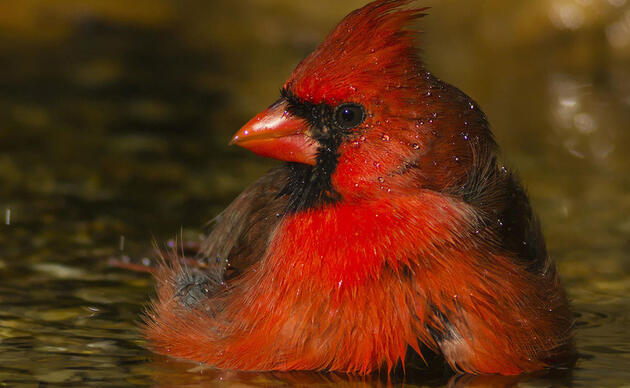Crisis in the Indian River Lagoon: Solutions for an Imperiled Ecosystem
There is an ecological crisis in Indian River Lagoon. Large quantities of water with high levels of nutrient pollution from Lake Okeechobee and the St. Lucie Basin are being discharged to tide, leading to toxic algae blooms in the Lagoon’s waters. There have been numerous, mysterious reports of deaths of Pelicans, manatees, and dolphins in the area. Harmful bacteria have also been detected in some areas, making the water dangerous for human contact.
A parallel story is taking place on Florida’s Southwest coast. Water from Lake Okeechobee and the Caloosahatchee Basin are being flushed into the Caloosahatchee River, and as with the Indian River Lagoon, the discharges are contributing to algae blooms in the Caloosahatchee Estuary’s ecosystem.
In its natural state, water in the northern Kissimmee Basin meandered south to Lake Okeechobee, flowing into Everglades National Park and eventually Florida Bay. This water had very low levels of phosphorus and nitrogen.
Before human alteration to the ecosystem, the Kissimmee Valley would take six to eight months to release wet season loads into Lake Okeechobee. Now this same water drainage takes place within one month, making the Lake rise at an unnaturally rapid pace.
Fertilizer and storm water add phosphorus and nitrogen to the Okeechobee watershed. The water moves so quickly that it cannot be naturally cleansed before flowing downstream. The Indian River Lagoon and the Caloosahatchee Estuary also receive local runoff, which contribute high flows of nutrient-laden water into the estuaries.
Lake Okeechobee’s optimum water level for the ecosystem and for public safety is between 12.5 and 15.5 feet. Higher levels have drowned out as much as 70 square miles of plant communities, damaging foraging, breeding, and nesting habitats for iconic wildlife such as the endangered Everglade Snail Kite.
In addition, the 75-year old Herbert Hoover Dike surrounding the Lake cannot tolerate very high water levels without increasing the risk of a breach. A breach of the levee would expose the nearby towns of Pahokee, South Bay, and Clewiston to dangerous flooding. The United States Army Corps of Engineers is currently repairing the levee, but completion is decades away and it is uncertain how high the water will be able to be held once repairs are complete.
The danger from high water levels in the Lake is the reason for the increased mandatory releases to the coastal estuaries. The solution is to clean water and keep it in the ecosystem rather than discharging it to the coast.
Please use the link below to download the full fact sheet, including our nine recommendations to protect our remarkable southern estuaries.
How you can help, right now
Donate to Audubon
Help secure the future for birds at risk from climate change, habitat loss and other threats. Your support will power our science, education, advocacy and on-the-ground conservation efforts.
Become a Monthly Donor
Donating monthly is flexible, easy and convenient and makes you a champion birds can count on, no matter the season.
Volunteers Needed
Florida's birds and wildlife need your time and energy. Learn how you can become a citizen scientist or a volunteer at one of our nature centers today.




